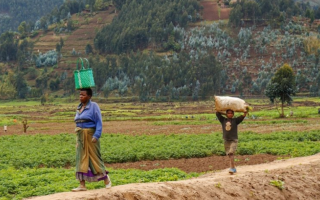Huge Growth Opportunities in Agribusiness in Africa and MENA.
For bloggers
Do you want to manage all news about Loans?. Contact us here mayado@sylodium.com
For companies
Make business in all bilateral trades. Specially from Mena to rest of Africa, related with projects in Africa, Loans to African entrepeneurs, future agro, and circuit business, win-win.
For Institutions
MENA: key in African Business
Tap Sylodium if you are in Muslim - African institutional relations (contact us for synergies)
This new is from Bonds&Loans
Olam Africa, Middle East CFO: Challenging Times, Huge Growth Opportunities in Agribusiness
A number of African economies this year were hit with turbulent commodity prices and severe drought, weighing on the outlook for the region’s agricultural industry. In a region that focuses so strongly on food security, never has there been more impetus on delivering new efficiencies to the agribusiness sector.
Bikash Prasad, Olam International’s CFO for Africa and the Middle East, talks about how the company is looking to do just that, tailoring its funding strategy and bringing in new talent and technologies to create a regional agribusiness powerhouse.
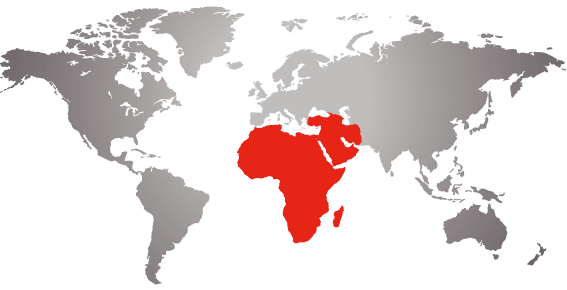
Q. Can you give us a sense of the outlook for agribusiness in Africa and the Middle East in 2017? What are the most influential factors in play currently?
A. The Sub-Saharan Africa (SSA) region contains around 1 billion people, which is approximately 13% of the global population. Despite drastic changes to economies in this region, agriculture remains a crucial sector providing livelihoods for millions of people. Agricultural makes up a significant portion of most Sub-Saharan countries’ GDP, ranging anywhere from 30% to 60%. We feel that while the outlook for agriculture in Sub-Saharan Africa is broadly positive, it could be advanced by improvements in government policies across the region, through increases in strategic public and private investments, especially in infrastructure, and by suitably adapted research and extension. Such investments could improve access to markets, reduce post-harvest losses, and make much needed inputs more widely available.
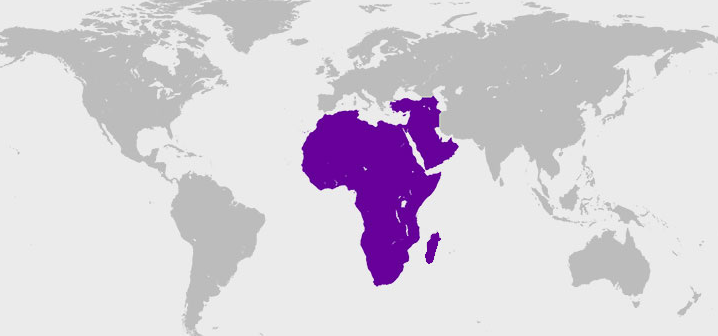
There are some major innovations that would need to take place in order for Africa to compete on a global scale. With almost 60% of the arable land in Africa located in SSA, it is imperative that the region’s governments and market players upgrade value chains, improve yields, reduce food wastage and invest in technology and education. These improvements will enable Africa to deliver food to tables across the globe.
Our outlook for Africa and Middle East in 2017 is stable with the price of commodities showing recovery this year, however, they are not expected to return to previous highs seen a few years ago. This will likely affect the growth of many of the countries in the region as governments struggle to rein in public spending, current account deficits and provide basic services to the population. Some key commodities, however, have experienced a huge drop in prices. Price crashes in cocoa will affect the West African producing countries. With Ivory Coast poised to become one of the fastest growing economies in Africa in 2017, the impact on their largest export product will weigh on their growth.
Many of the SSA economies have recently faced the worst drought in years, which hindered production and has led to food shortages. Ethiopia received US$141.8mn in food aid in 2017 alone to ensure that 7.8 million people did not go without food. The IMF has warned that while the effect of the 2016 drought that hit most southern African countries is fading, a new bout of drought is now affecting parts of eastern Africa (Ethiopia, Kenya, South Sudan, and Tanzania) as the erratic weather patterns of La Niña hit these countries. Pest and armyworm infestations in some southern African countries (Democratic Republic of Congo, Malawi, Namibia, South Africa, Zambia, and Zimbabwe) have also wreaked havoc on the region’s economies. As a result, about half of SSA countries have reported food insecurity situations that could potentially impact 60 million more people in the region this year. Worse still, famine has been declared in South Sudan and is looming in north eastern Nigeria as a result of past and ongoing conflicts.
We have also seen a shift in economies that have been reliant on hard commodities like oil and copper, whose prices fell sharply in the last few years. Economies like Nigeria and Zambia have increased their focus on agriculture in an effort to diversify their economies and reduce reliance on oil and copper, respectively, as it has resulted in huge decreases in growth. Nigeria’s growth in 2016 was only 0.6% while Angola, also an oil producer, recorded GDP growth of 1.5%.
What are some of Olam’s key strategic initiatives in the regions you cover this year, both for the company and the finance team?
Africa continues to be strong pillar for Olam’s business, with invested capital of over US$3bn as we started our journey from Africa in 1989. Being an agri-player and devoting ourselves to ensuring food security solutions to governments in Africa, we are heavily invested in upstream, midstream & downstream opportunities in Africa. We have various investments in Africa like – farming (Coffee, Rice, Palm, Rubber), flour milling, sugar milling, edible oil refineries, forestry concessions, cotton ginning, cashew processing, cocoa processing, coffee processing, sesame hulling, tomato paste processing, biscuits and candies factories, logistics and storage assets, rice and dairy products, and packaged foods business. We believe Africa is poised to become the food producer for the world. Having the lowest yield compared to other producers globally (only 25% of total potential yield on average as compared to 90% in East Asia), there is an opportunity to maximize yields and production through upscaling agronomics, improved fertilizers application, technological innovation, financing, infrastructure, and PPPs in Africa.
During the last year or so for the region, Olam continued expansion of our operational footprint – further growing our upstream plantation investments in coffee, palm and rubber and rice farming. We also made a significant commitment to enter the animal feeds business in Africa. We successfully integrated transformational and strategic acquisitions such as the erstwhile ADM Cocoa business and the wheat milling and pasta assets from the BUA Group in Nigeria during the course of the year. We also prioritise and treat Africa as a separate vertical with a special focus, given our Africa footprint and operating capability.
All of this creates significant responsibilities, challenges, as well as offers opportunities for the finance team. We are focused on capital-raising and management to support our current and future investments; optimising capital allocation amongst various geographies and business units after considering the associated risks and returns; and directing Olam Africa’s financial goals and budgets; increasing oversight of existing investments and optimizing our balance-sheet to improve shareholder returns.
We want to become a growth champion for Africa and lead mergers and acquisitions, joint ventures, and PPPs to meet our growth plans.
As a company leading and directing a diverse, multicultural and multilingual finance team of over 250 members, the challenge will be to drive localization, develop a pipeline of talents and create cutting edge capabilities within the team to handle our integrated value-chain operations
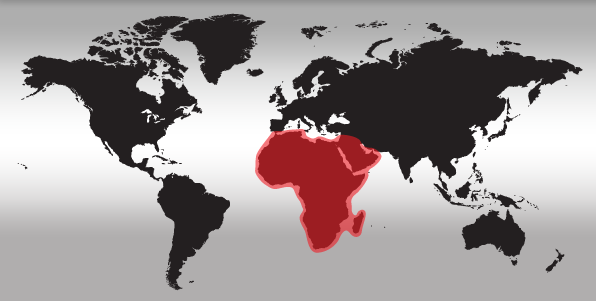
We also want to focus more on protecting and creating value through managing risks proactively in ever volatile economic environments in the emerging markets, be it commodity prices, currency or credits. Bolstering our understanding of global and African macro- economic indicators would be key to managing these risks effectively.
Finally, we want to continue creating standardized systems and scalable processes across Africa to enhance controls and support the business requirements. We believe these systems, which are linked to our business intelligence platforms, will contribute significantly to the quality of our data and analysis, which will allow us to constantly maximize on our efficiency and add value to the company and its decisions. This goes hand in hand with improving governance and transparency, as well as investigating how new digital technologies can fundamentally transform the way we farm, live, work and consume.
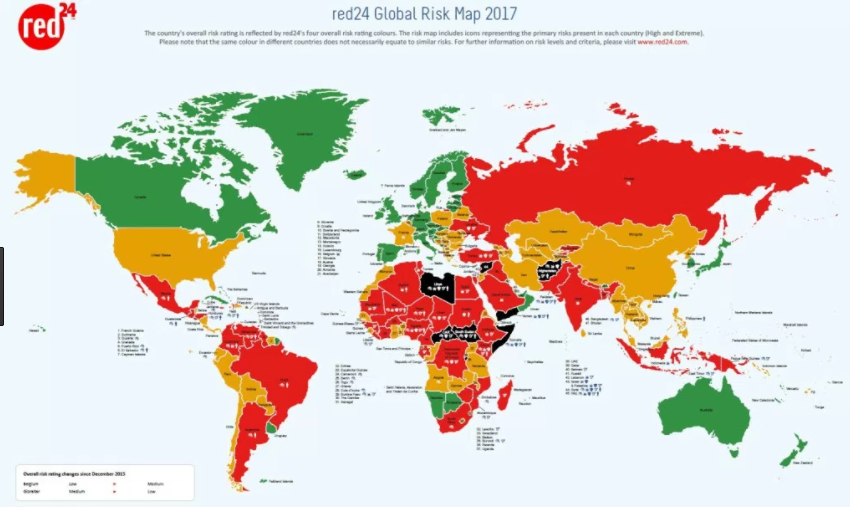
Localisation seems to be a prominent theme within Olam’s corporate ethos. To what extent does Olam International rely on local capital markets and local financial institutions for its funding needs? How does the company choose its relationship banks?
We believe in building strong banking relationships in every country and region we are present in. The partnership with these banks are important and strategic for our growth and managing the funding challenges amidst volatile currency environment in Africa. Local and regional funding lines have helped us to protect and create value during the ever-turbulent times Africa has witnessed. The choice of our banking partner depends on the size, history and reputation of the local/regional banks, their ability to partner with us on our various value-chain operations and geographical presence, FX and trade structures, and of course, pricing competitiveness.
Africa and the Middle East have quite different economic fundamentals. How do you adjust your funding strategy to cater to the regions’ unique characteristics?
With the current drop and continued comparative lows in oil and gas prices, both Africa and Middle East economies have been highly effected. With the political tensions, war between countries in the ME region, there has been a lot of economic instability that is building there. Continuous fall in property prices and job cuts in the region have reduced the flow in of cash into the region even further. Some of the International Banks have already discontinued their business in Middle east while others have either stopped or reduced their exposure. Given the premise, the overall cost of funds in foreign currency for the Middle East banks is higher, compared to other regions. On the other hand, economic under-performance in Africa is also leading to sharp increase in local currency funding cost.
In these regions, first we make a choice between using a local currency or foreign currency lines. Local currency lines can only be sourced and used in-country. For foreign currency lines, we do look at overall cost competitiveness, structures availability, choice of the funding partners, depending upon the projects.
